The Fuji X70: a somewhat comparative review
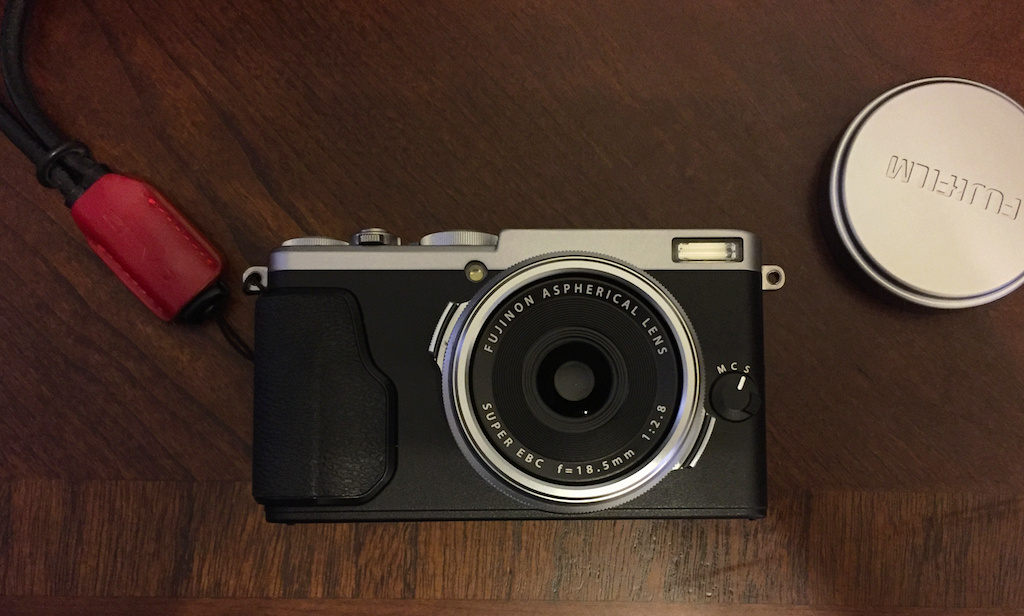

This review is not meant to be an uber technical review. Instead, I would like to dispense with some of the key features of the X70 upfront and then move on to a user's comparison between the X70 and (to my mind) its chief rival in the 28mm, F2.8 space – the Ricoh GRII – that includes handling, image quality, best features and ares of improvement. I was lucky enough to get to use both these cameras simultaneously (the GRII was borrowed from a friend) and, after much deliberation, decided to keep the X70 and return the GR II. While the choice was simplified by the fact that I already own and use the original GR, there were reasons beyond these that drove my decision.
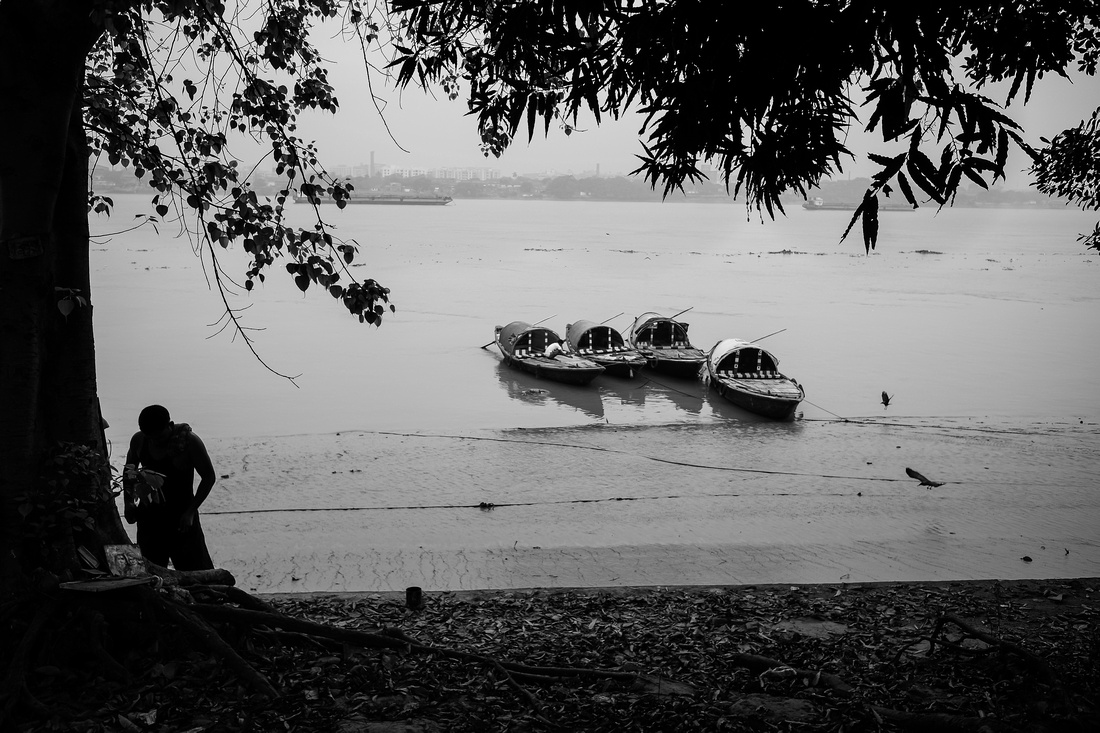
 Riverside shrine, India
Riverside shrine, India
To begin, let’s take a look at the X70. There are at least 3 things that make it more appealing than other Fuji cameras out there for certain types of photography. First it is small; I mean small enough to fit into the pocket of my shorts. It may not fit into the front pocket of a pair of skin-tight jeans, but when you think of its APSC-size sensor and non-retractable pancake lens, you realize that those Fuji engineers actually pulled off a fairly challenging feat! With a small wrist strap to tether it to your wrist, the X70 can be perfectly gripped and concealed in the palm of your hand, much like a regular sized mobile phone with a protective case (or a GRII for that matter). Second, it has an articulating touchscreen that can be used to set focus, shoot and set some other functions. This is a first for Fuji who, so far, has been busy trying to please a generation of photographers who loved and continue to love the age of film, brass, film emulsions and faux leather … but with all the trappings and convenience and technology of the digital age! Now with the Fuji X70 it appears that Fuji has subtly – without sacrificing the look or the build quality – incorporated aspects that would be familiar to and welcomed by a generation of young photographers whose initiation into photography was through – and in many instances whose current device continues to be – a mobile phone. And finally, it allows 8 customizable buttons and a totally customizable Q menu that seems like overkill. This is the first time I have seen a serious compact camera that permits more customization than the Ricoh GR! While this may not appeal to everyone, there are those who do not like having to resort to the menu every time they need to recall or change a setting.
Handling
So let’s talk about build and haptics. Both the X70 and GRII feel pretty solid in the hand (even though the Fuji is a little heavier). The GRII is a little longer while the Fuji is a little thicker, not least because of the tilting touchscreen. While Ricoh has a number of pre-assigned buttons (visibly represented through symbols) on the back plate, the Fuji layout looks sparser, almost by way of reinforcing the fact that the actual layout can be customized by the user. For users unfamiliar with the Fuji system and Fuji’s new drive towards user empowerment, their best bet will be to resort to the Q menu. Fuji has also sacrificed the toggle wheel around the menu button for the 4-way control buttons last seen on the X100. Again, the user can customize each of these buttons. Where Ricoh uses a front control wheel and a back rocker (in addition to an up/ down switch to control exposure), Fuji resorts to its standard array of milled dials on the top plate to control shutter speed and exposure and another control dial around the lens barrel to control aperture. While all of this looks great, for street and candid photography where speed is of the essence, the Fuji (unlike the Ricoh) does not automatically lend itself to one-handed operation or swift changes on the fly. In fact the aperture dial is a little too fiddly for my liking.
Since neither camera has an EVF, framing is managed through the rear LCD. On the face of it, Fuji has a similar sized LCD but Ricoh has higher resolution. If this camera were simply a copy of the X100T without the EVF, I would have to hand it to the Ricoh. But this is where the Fuji comes into its own. With a bright, tiltable screen that is responsive to touch, whose display can be customized, and that can be used to set both focus and shoot, the Fuji has set a trend that others will need to follow in the near future. There have been others before this that tried: Samsung is the first manufacturer that comes to mind. But Samsung focused on extending certain phone features into its serious compacts ahead of developing the camera and lens line that these features were meant to augment. Fuji on the other hand has developed a highly sought after aesthetic, top-of-class functionality, a fairly robust line of cameras and lenses and an expectation of quality from its X line. Only now has it gingerly ventured into a domain that has traditionally been the preserve of compact camera and mobile phone manufacturers. But by doing so, it is seeking to define how a really serious compact camera can be an extension of how you shoot with a phone! For those who are used to getting the best out of their phones by using camera replacement apps like Camera Plus, Pro Camera 8, 645 Pro, etc. this camera provides more control - more welcome button functionality but familiar touch-screen logic – to make the X70 one of the best ways to start using a serious camera that can produce results beyond the capabilities of any mobile device!
Autofocus speed is generally excellent. In good light, the speed is only just better than on the Ricoh; but as the light wanes, the Fuji does considerably better (at least in my tests). The manual focus and macro functions can be invoked through a switch on the front plate of the camera and manual focus works beautifully – through the use of magnification, a digital spilt image or a focus peak highlight. One of my biggest peeves with the Ricoh is the way in which manual focus is implemented. Though the snap focus function somewhat alleviates this, it does not wholly do away with the need for a manual focus option. Add to this that the start-up time and shot-to-shot time are faster on the Fuji, and suddenly you seem to have a serious contender to the GRII.
Some areas where the Fuji loses out to the Ricoh GR are:
- Lack of a dedicated ND filter (what were you thinking Fuji?): To compensate you have to either switch to the electronic shutter (but keep perfectly still) or screw on an ND filter (which means buying an additional filter holder).
- Lack of Custom Combination Settings: While Fuji does remember your most recent settings, there is no method as on the Ricoh to retain up to 3 custom settings at a time to be quickly invoked at the flick of a switch (MY settings). To do this the X70 user will need to set and memorize button assignments and quickly change these as required.
- Crop Mode constraints: While Fuji does provide 35mm and 47mm crop modes akin to Ricoh, these cannot be used when shooting in RAW. Fuji claims that the integrity of the 16MP jpeg file is maintained at all focal lengths (28mm, 35mm, 47mm) but this is not entirely true.
Image Quality
Eventually despite everything else, it all boils down to image quality. Note that I am comparing these two cameras in terms of still images only. Those who would like to purchase either camera as an “all-rounder” would be better served investing in a Sony or a Panasonic. Those cameras have far better video capabilities than either Fuji or Ricoh are likely to have in the foreseeable future. While comparing the two cameras I have looked at sharpness, colour saturation, B&W tonality, dynamic range and High ISO noise. Doubtless many will think that there are more scientific ways to run a comparison; I agree but then this review is not meant to imitate or plagiarise from a DXO report. I have tried as far as possible to shoot in succession at the same time of day, using the same aperture, shutter speed and ISO values and have applied as far as possible to apply the same minimum post-processing edits in Lightroom (to my taste).
Sharpness: In general the Fuji X70 is sharp from F4 – f11. Images are sharpest at the centre while edge sharpness lags a little. In this it is not much different than the Ricoh Gr II though, under a magnifying glass, the prize for sharpness wide open and corner sharpness under F5.6 may go to the Ricoh GRII. I talk of images processed from RAW. The JPEGs from the Fuji have a bit of that watercolour effect loved and hated by users in equal measure.
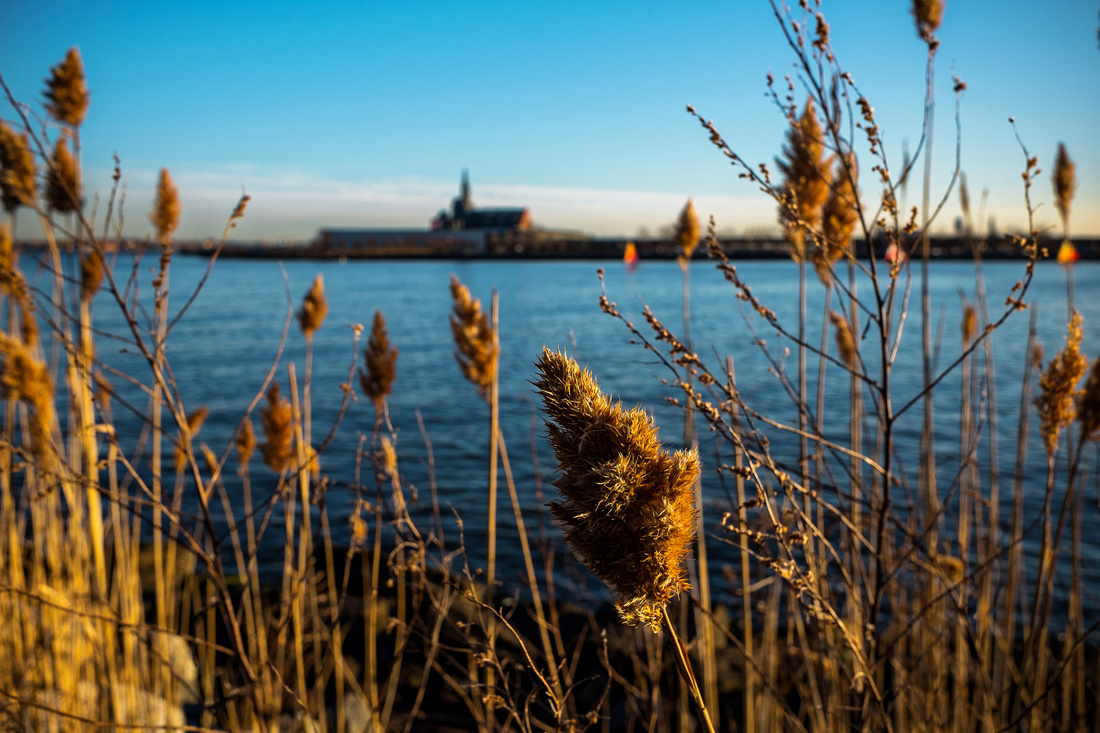
 Fuji X70
Fuji X70
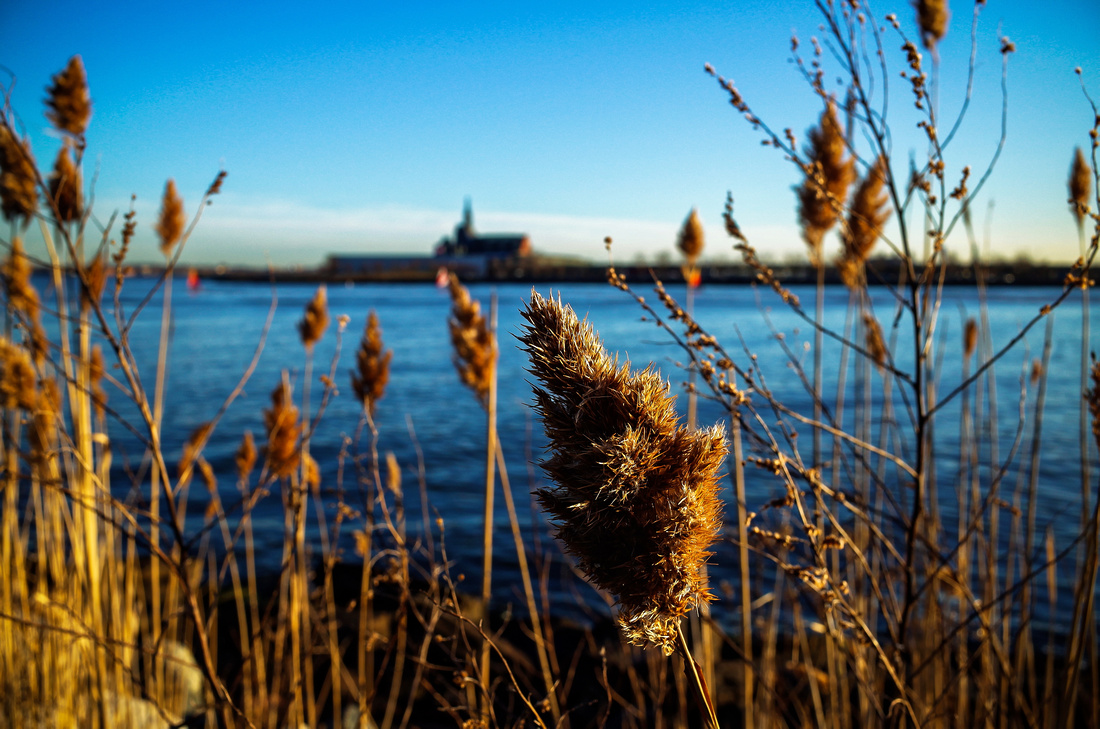
 Ricoh GRII
Ricoh GRII
Colour Saturation: I have always liked the somewhat muted colours produced by the GRII, but I love the colours that pop from Fuji OOC. There is no doubt in my mind that the Fuji processing engine is superior here.
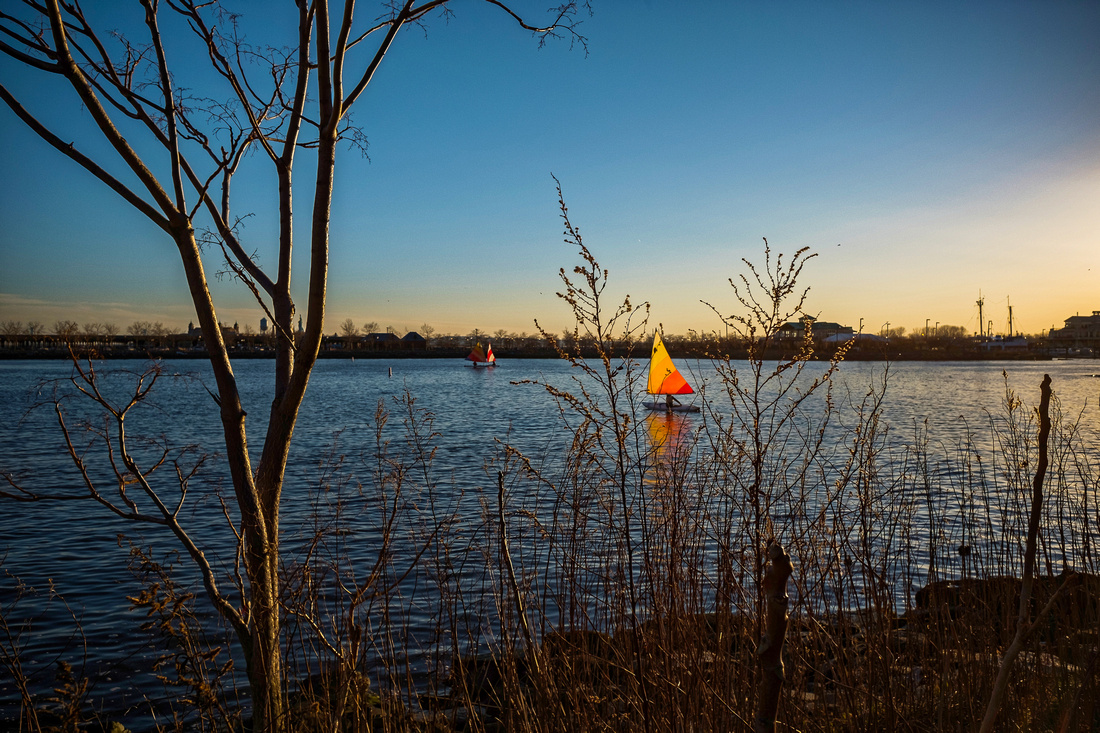
 Fuji X70
Fuji X70
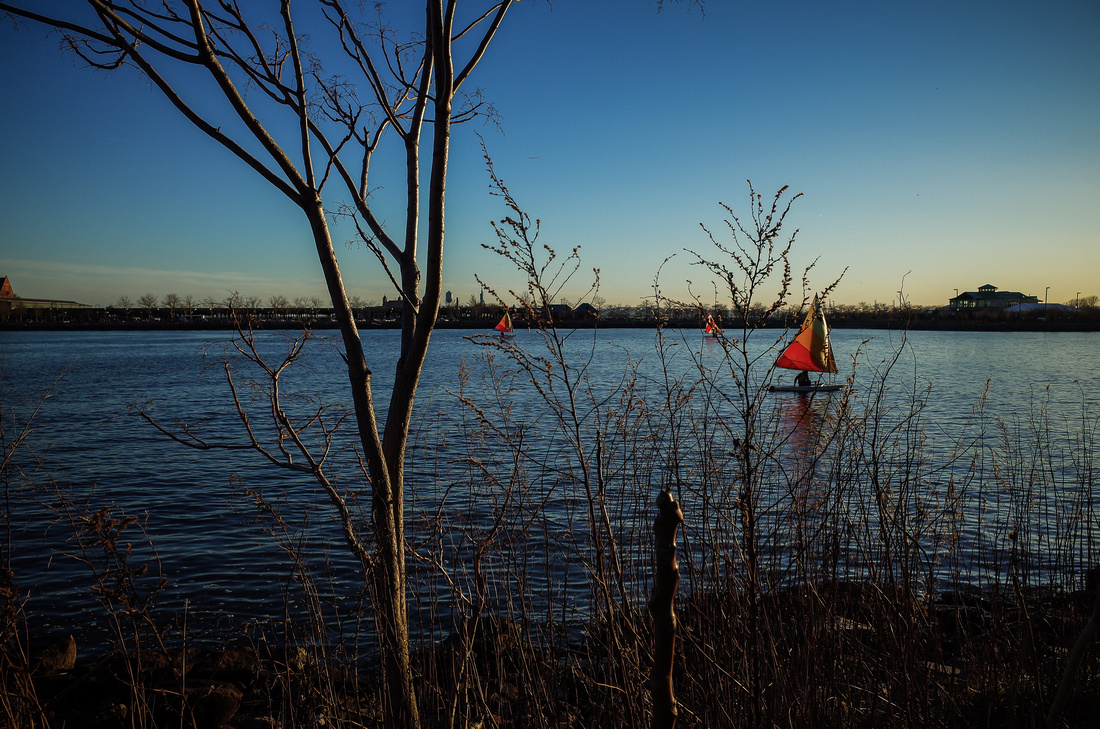
 Ricoh GRII
Ricoh GRII
B&W tonality: I think both cameras do an admirable job of shooting B&W JPEGs. I find that Fuji with the green filter handles skin tones better; Ricoh’s signature high contrast grain can’t be touched though.
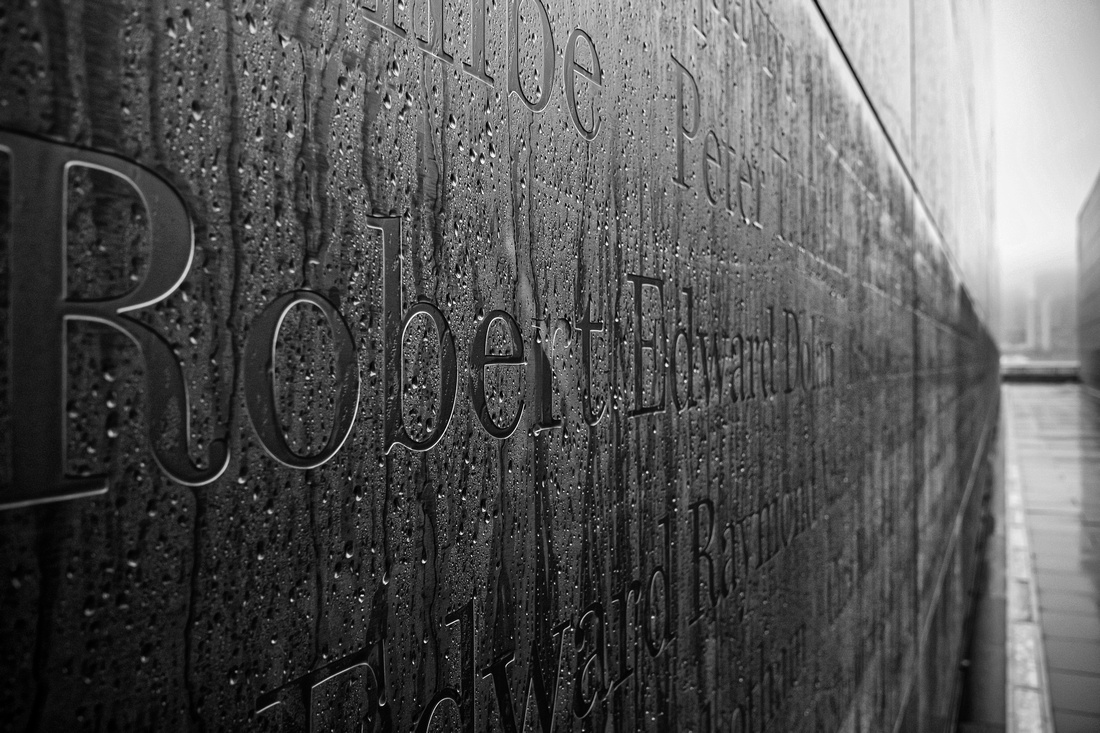
 Fuji X70
Fuji X70
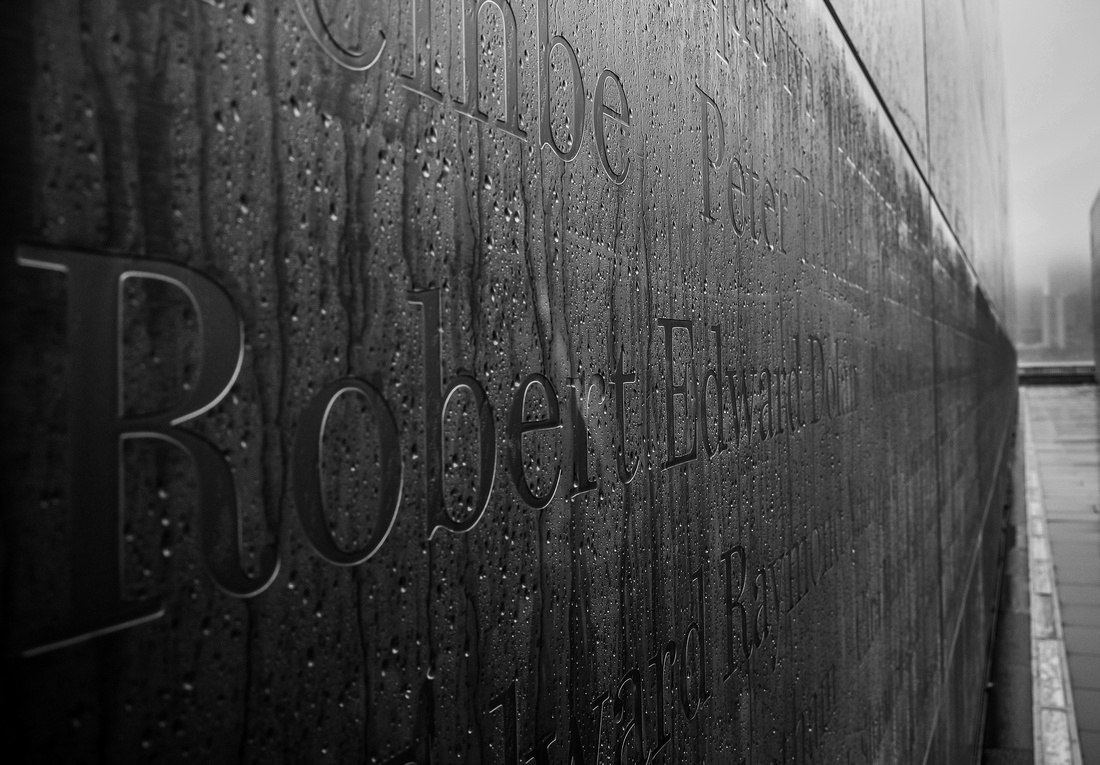
 Ricoh GRII
Ricoh GRII
Dynamic Range: Nothing that can’t be neutralized in Lightroom, but in some instances Fuji had a slight edge.
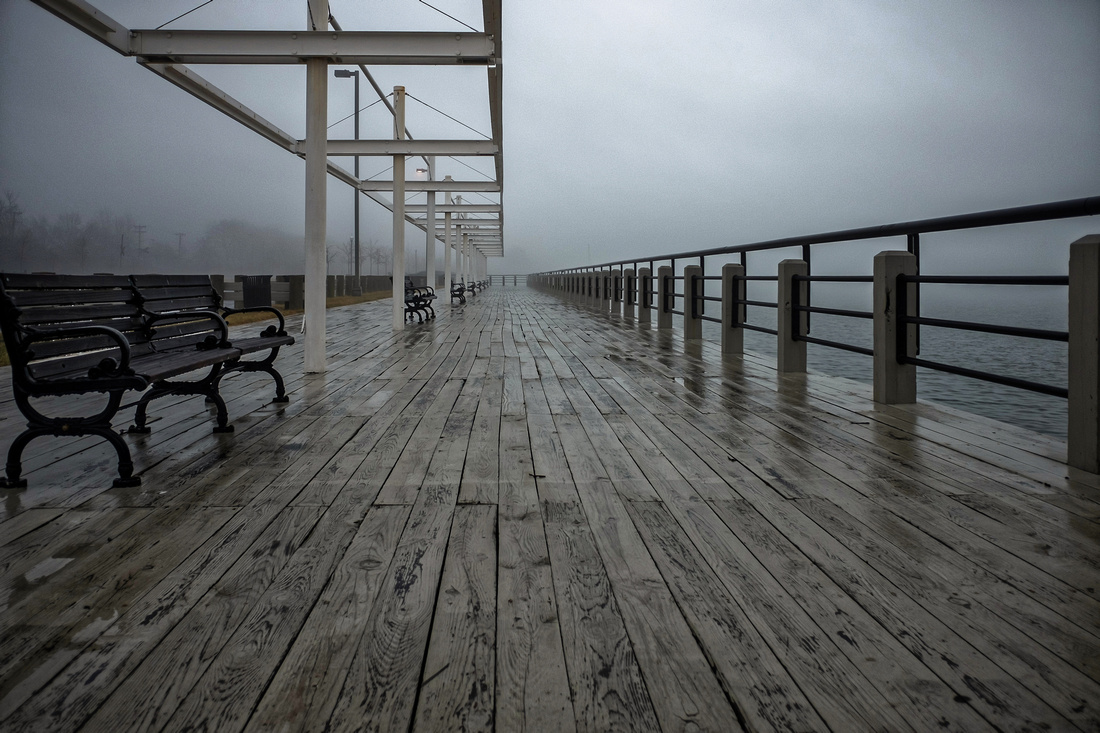
 Fuji X70
Fuji X70
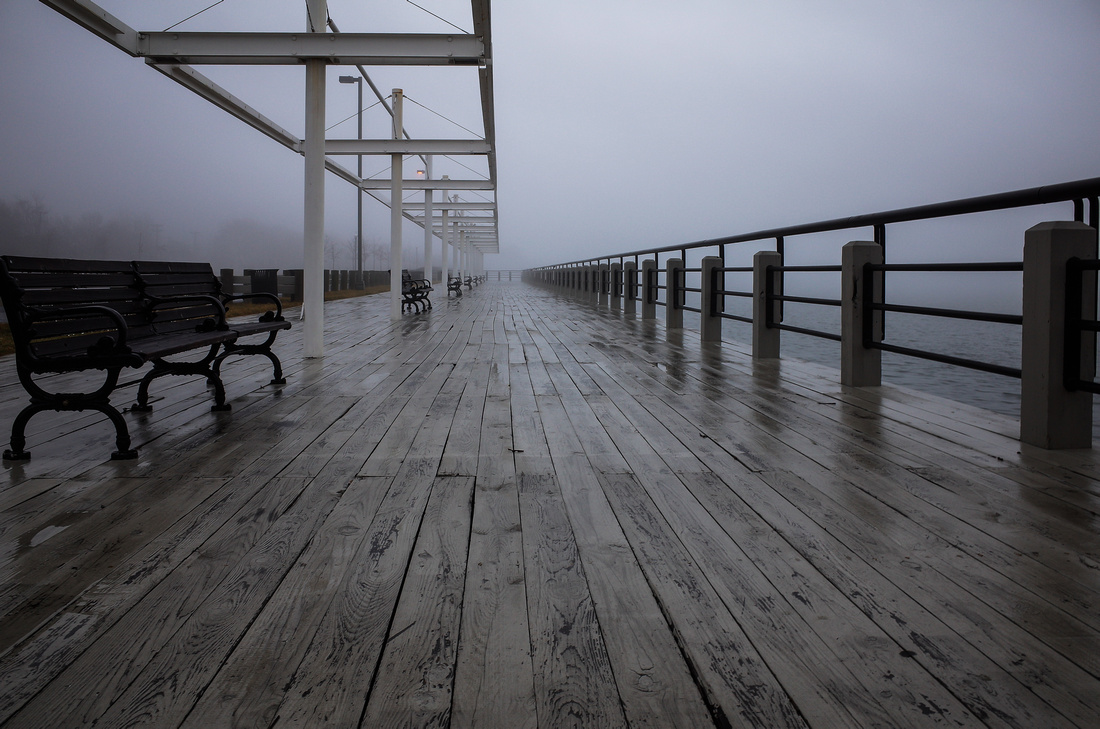
 Ricoh GRII
Ricoh GRII
High ISO noise: Up to ISO 1600, both cameras perform equally; between ISO 2000 and ISO 4000, the prize goes to Fuji. After that, it doesn’t really matter. Stepping above that limit shows carelessness: the use of a tripod would obviate such a need.
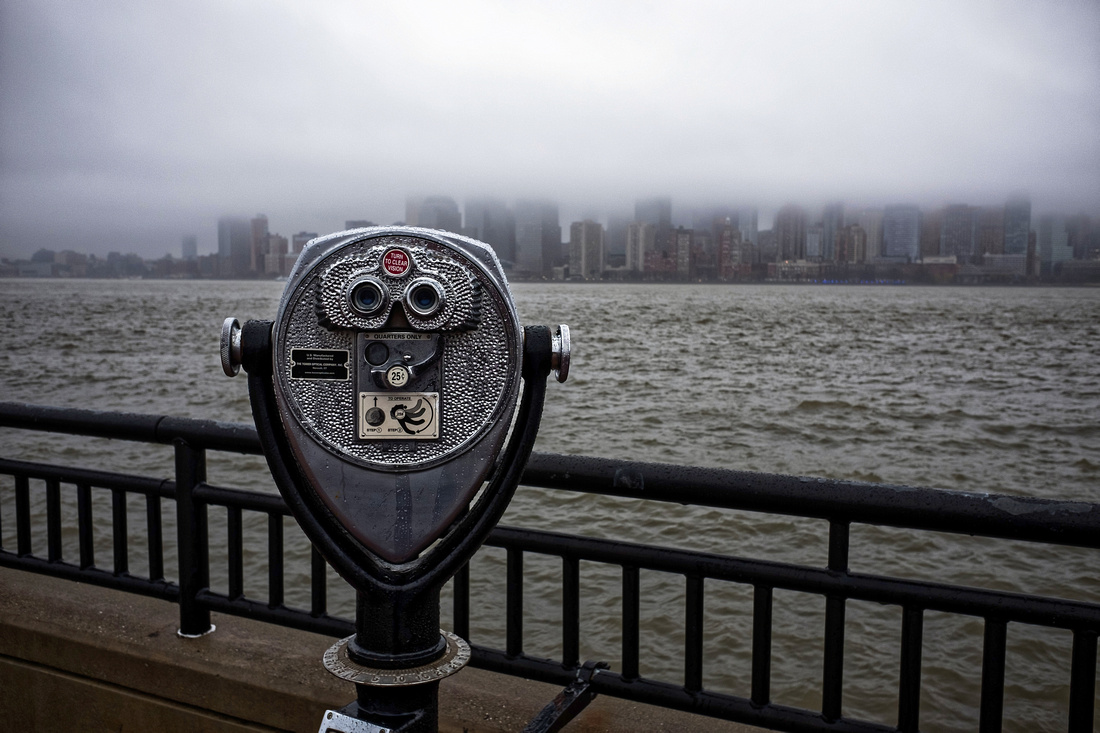
 Fuji X70
Fuji X70
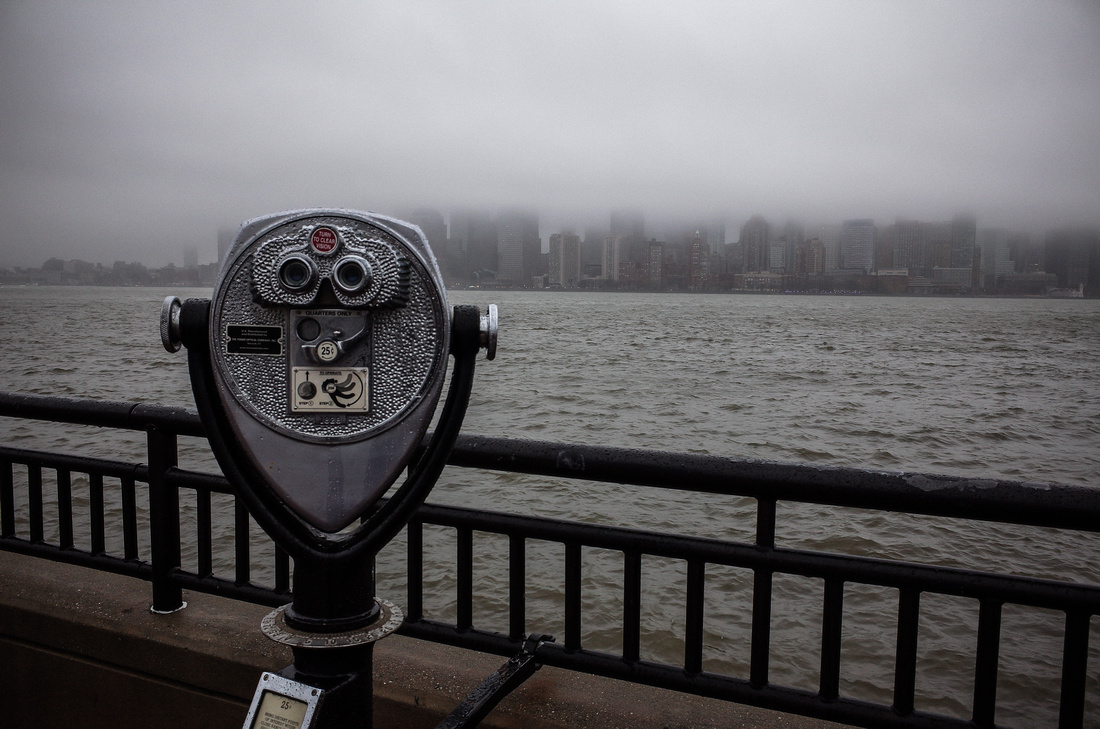
 Ricoh GRII
Ricoh GRII
X70: Assessment Summary
Pros
- Excellent Build Quality with dimensions that seem right
- Sharp and contrasty lens
- Excellent JPEG output, great RAW output (I'm still learning to process these files), with punchy colours
- Responsive and well-thought out touch screen LCD defines a new way to operate a serious compact
- Commendable auto-focus and good shot-to-shot times
- Lots of customizability
- Ability to shoot looking down (for those times when this provides stability or conceals intent!)
Areas of Improvement (in current model)
- Allow Crop Mode in RAW (even if this means an 11MP file for 35mm and a 5MP file for 47mm)
- Through firmware update, allow separation of focus area and exposure area through touchscreen interface
- For street shooters, include the ability to turn off the LCD screen altogether and rely on the external OVF or pure hit and miss!
- Through a firmware update, allow the use of the TCL-100 converter lens. Given that the Fuji already has a dedicated 21mm converter lens (I am yet to get my hands on one), the combination of 21mm, 28mm and 40mm may prove irresistible to Ricoh fans who have been demanding something like this for years
- Include the much vaunted ACROS filter
Areas of Improvement for (for the next model)
- Include an ND filter (a real miss here)
- Allow at least 2 Custom Settings through an external dial
- Include the Snap focus function (essentially zone focusing at set distances) for street photography
- Create an external EVF for those who need a VF at all. The external OVF is an expensive accessory that provides very rough framing guidelines. A quality EVF will provide another level of differentiation that may make the Richoh GR crowd sit up and notice
- Include a 20MP or higher sensor for greater detail. This may allow the camera more versatility and detail, especially for landscape photography
- Include OIS as longs it does not compromise size or specs
- Create a weather sealed option
Conclusion
In the final analysis, as with any artistic tool, we must ask whether this camera is meant for personal or commercial use. Because of its focal length, it is will not typically lend itself to portraiture, wildlife or wedding photography. Because of its sensor size and resolution many professional landscape photographers will ignore it in favour of full-frame, medium format or larger format equipment. Because it is not the fastest kid on the block, it is particularly unsuited to sports photography. The one area it may meet the needs of the job is photojournalism: but even here the photographer may choose another camera with interchangeable lenses or a zoom lens as these provide more flexibility.
Who then is it for? On a recent visit to India I had a chance to use the camera, experiment in a variety of light conditions, and shoot a number of different subjects. The one thing that struck me about the camera is that it is uniquely responsive once you have taken the trouble to understand its menu system and have customized its buttons to suit your taste. Very much like the Ricoh (and many complain of the latter's complicated menu system ... ha! Have they ever tried figuring out Olympus' menu system) it takes time to get used to it. Once you have, it can be an intensely enriching experience.
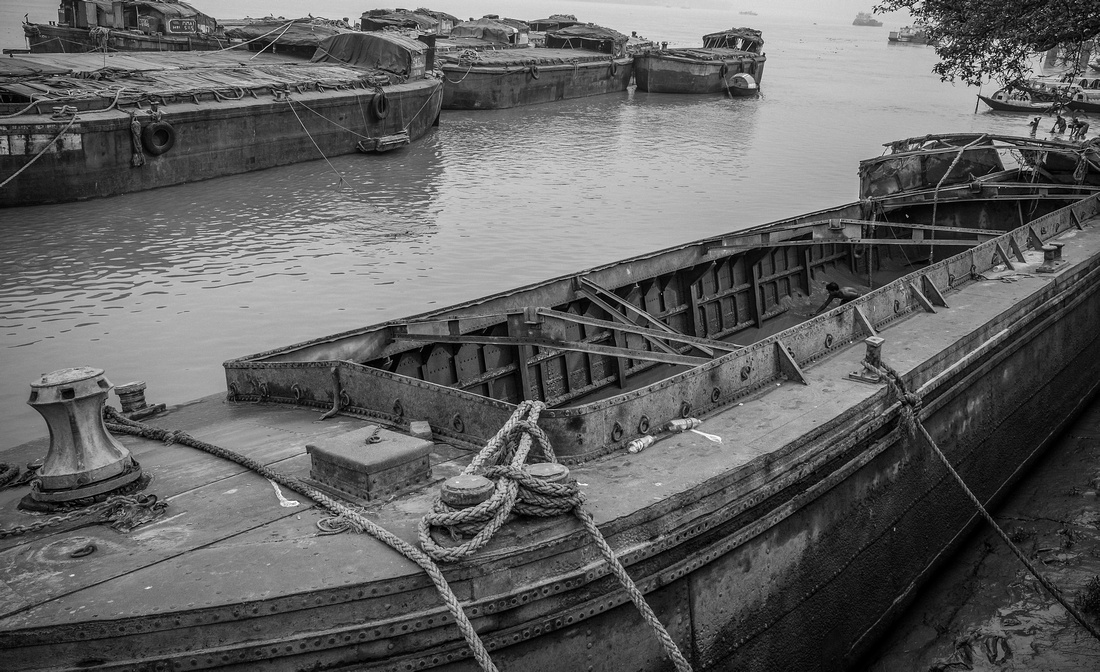
 Barges on the Ganges
Barges on the Ganges
I would say, after having used this camera for about 3 weeks, that this is a very personal tool. Like the GR series, it is a serious piece of equipment meant to record impressions, a contemplative, take-everywhere camera, that forces you think about what you are about to capture. This is not necessarily the kind of camera where you fire off a hundred shots and keep one. It is a perfect camera for street and documentary photography. But it is also excellent for travel and personal impressions including landscape, portraits and still life. As with the Ricoh, the closer you are to the subject, the sharper the image and the more individual the capture.
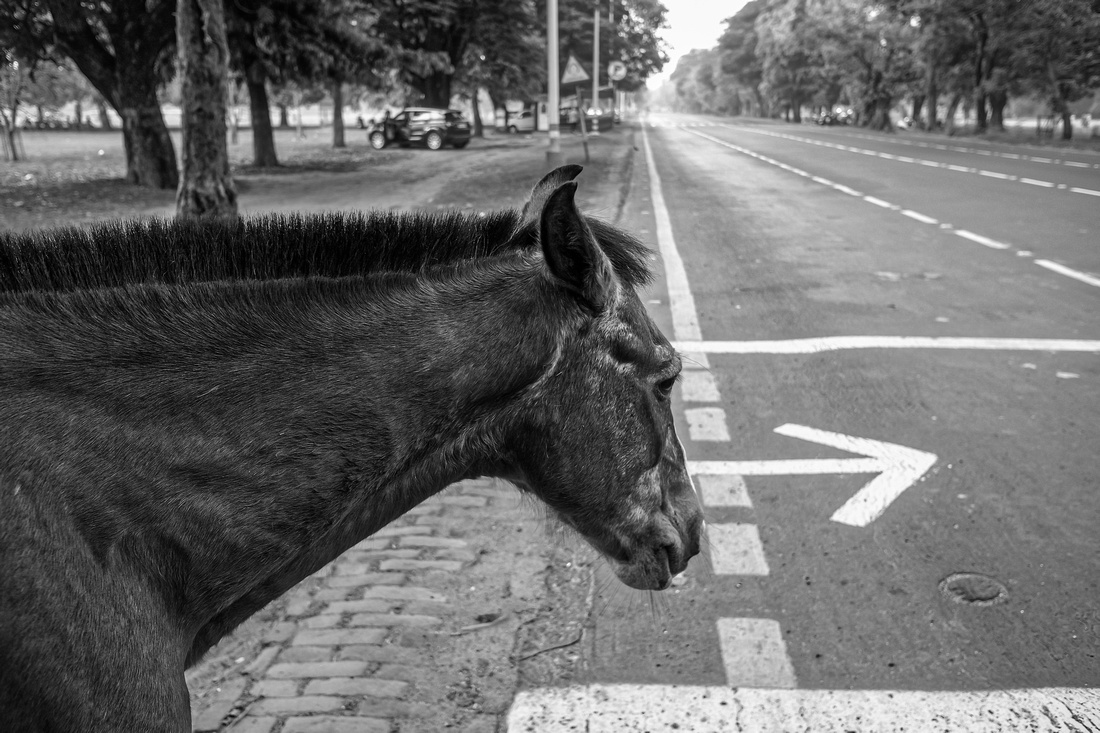
 To cross or not to cross?
To cross or not to cross?
It is actually quite strange that Fuji has still not included the X70 in its X-Photographers site. The X-Pro 2 which was released at the same time already has a ton of aficionados and ambassadors, and they have posted enough photographs to fill a book. I believe that there is a simple reason for this. After the X100 series, this is the first time that Fuji has actually created a personal tool. All its other cameras are either positioned as commercial products or all-purpose vehicles for enthusiasts and advanced amateurs. There is a very specific kind of photographer to whom the X70 will appeal. That photographer is the kind who only owns or mostly uses the X100 series. But the 28mm length may be too wide for them. Despite their proximity there is a huge difference in the FOV, and 35mm shooters do not always produce pleasing results at 28mm and vice versa. Furthermore, those who owns 35mm fixed focal length compact will not always see value in a 28mm compact when the WCL-100 converter lens option is available to them.
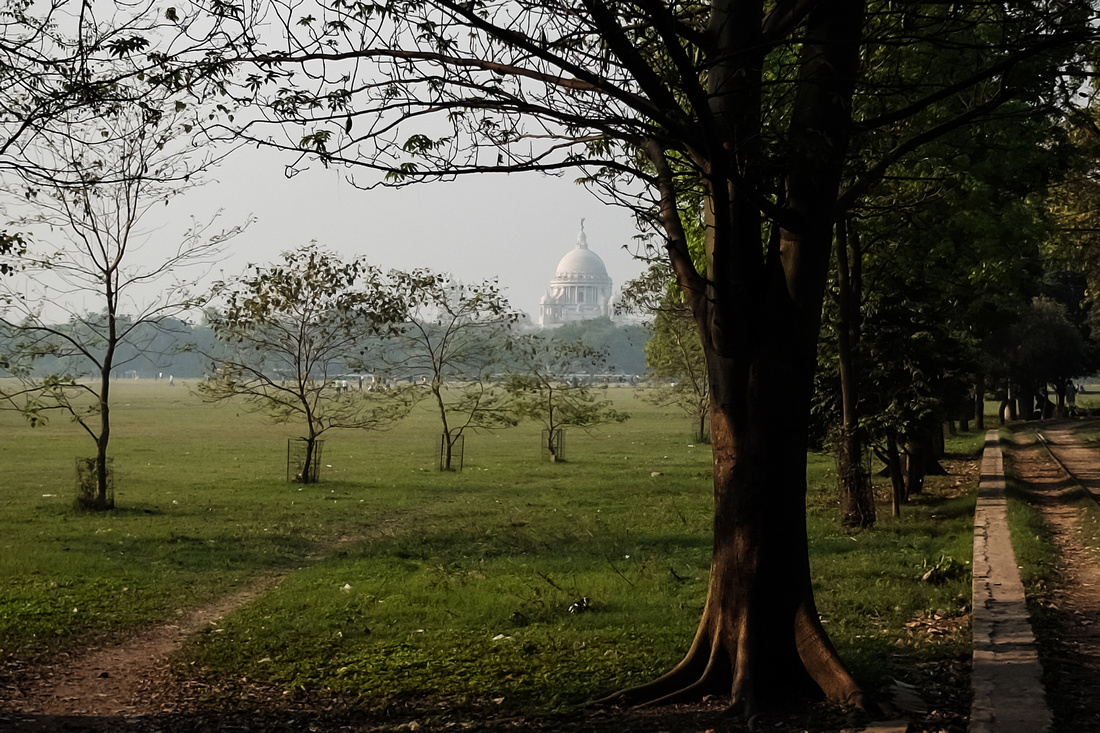
 Early morning sketch
Early morning sketch
Fuji is going to have to look beyond its loyal base to get the kind of user who will do this camera justice. In fact, users of the GR series would be the perfect target. Frustrated by the fact that the GRII was hardly an upgrade from the original GR, many are beginning to upgrade to full-frame or look farther afield to meet their needs. The kind of Fuji ambassador for this camera may also be the mobile phone shooter (and there is some really great stuff being done by such shooters on the street and elsewhere), who is used to the 28mm - 30mm FOV and who is looking to take his/ her photography to the next level with more creative control. There is a real opportunity for Fuji here to make inroads into a market that has traditionally stolen share from camera manufacturers. In fact Fuji should dedicate a special site to showcase the capabilities of the X70 and its descendants.
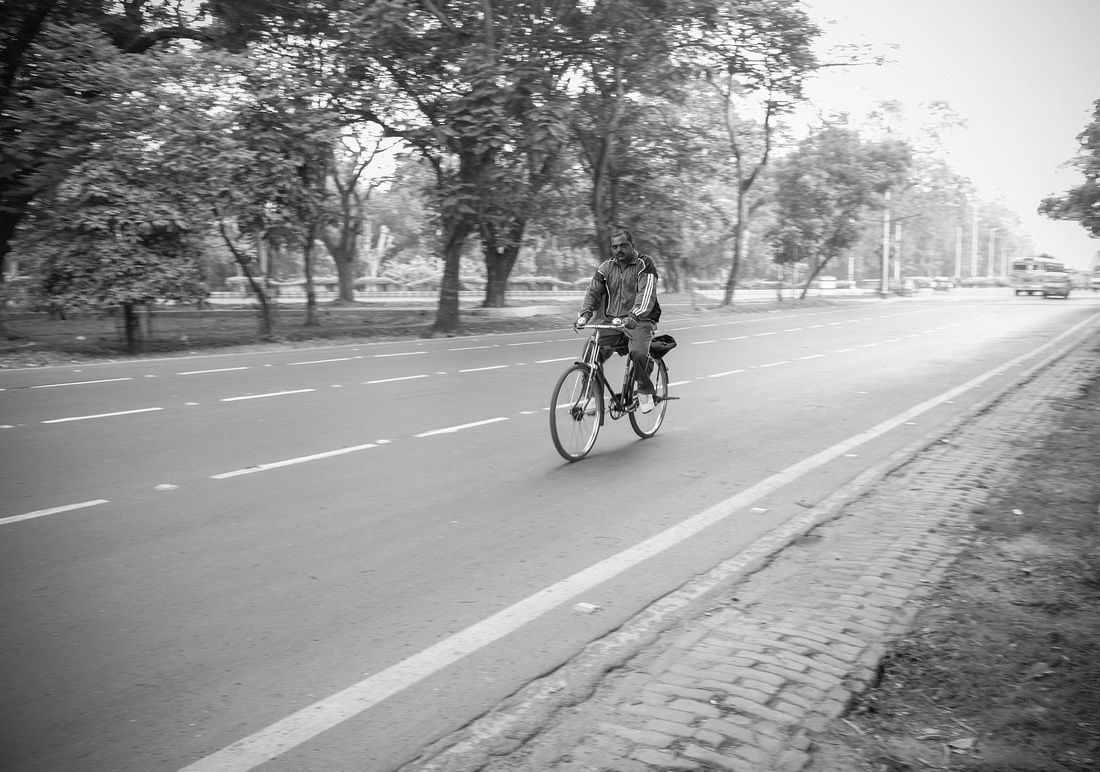
 He can't be taking my pic. He's looking down at the screen.
He can't be taking my pic. He's looking down at the screen.
I for one intend to test the hell out of this camera in the weeks and months to come. Starting April 1st, I will post a weekly blog with my impressions, experiments and captures. No camera is perfect but this camera really makes you want it to work for you. I can state that after the GR, this camera has really fired my imagination and sown the seed of infinite possibility.
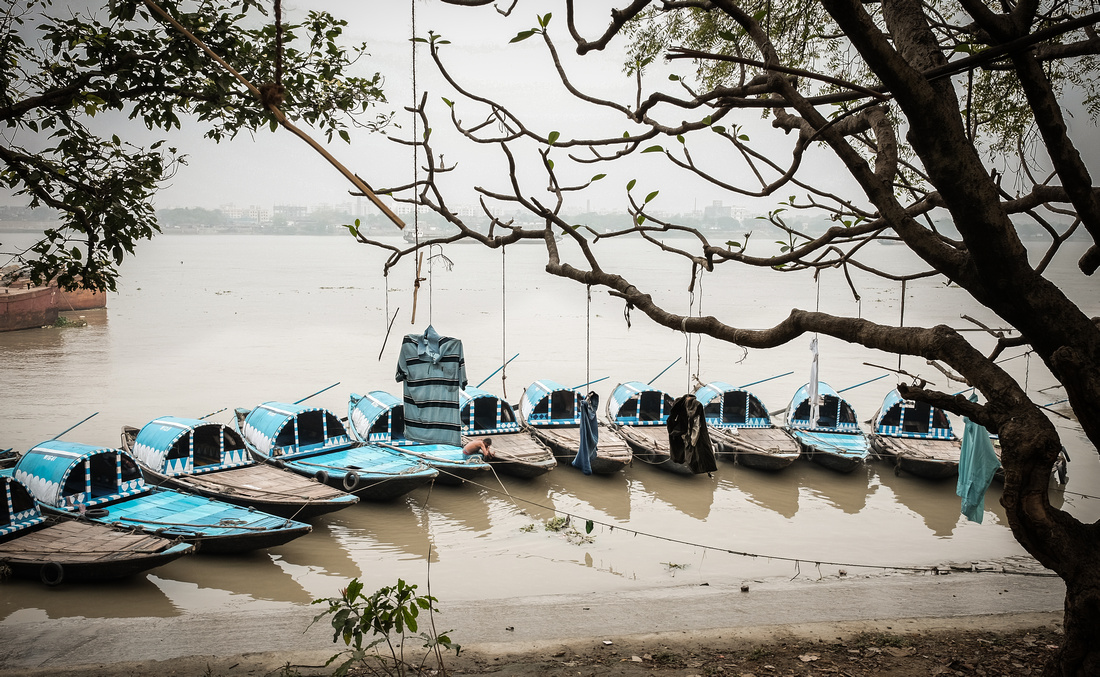

Make shift clothes horse
Comments
Thanks again for this post and for your thoughts.
Miguel